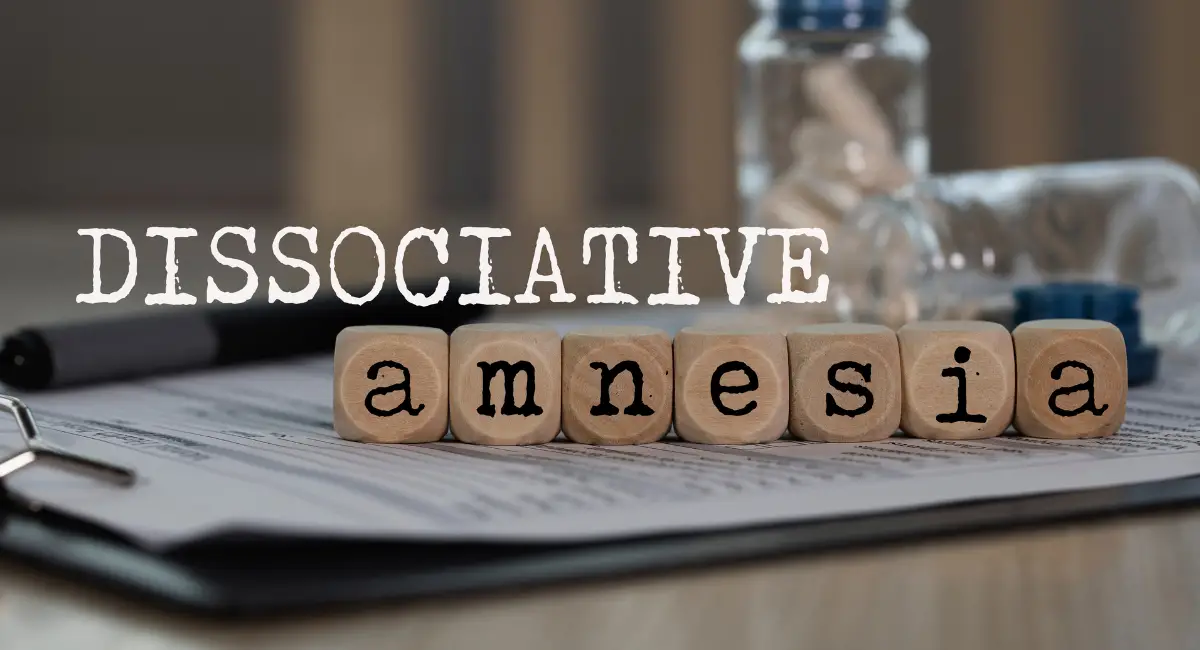
Communication Disorders: Symptoms, Causes, and Therapy Options
Contents
Introduction
Communication Disorders are a group of conditions that affect an individual’s ability to understand, detect, or apply language and speech in everyday interactions. These disorders can impact speech, language, fluency, and social communication. Communication Disorders are commonly diagnosed in early childhood, as children may struggle with speech sounds, language development, or the social aspects of communication.
According to the Diagnostic and Statistical Manual of Mental Disorders, Fifth Edition (DSM-5), Communication Disorders are neurodevelopmental in nature and often co-occur with other conditions, such as Autism Spectrum Disorder (ASD) or Attention-Deficit/Hyperactivity Disorder (ADHD). This article will explore four main types of Communication Disorders, focusing on Symptoms, Causes, and various Therapy Options for effective treatment.
Common Symptoms of Communication Disorders
The symptoms of Communication Disorders vary depending on the type but generally involve difficulties with speech, language, or social communication. Below is a table outlining the common symptoms of each Communication Disorder and examples of how they manifest in daily life:
| Symptom | Description/Example |
|---|---|
| Delayed Language Development | Difficulty acquiring vocabulary, forming sentences, or understanding language. For example, a child with Language Disorder may struggle to follow simple instructions or express thoughts clearly. |
| Speech Sound Errors | Persistent articulation errors, such as substituting, distorting, or omitting sounds. For example, a child with Speech Sound Disorder may pronounce “rabbit” as “wabbit.” |
| Disfluencies in Speech | Repetitions, prolongations, or speech blocks that interrupt the flow of speech. For example, a child with Stuttering may repeat the first sound of a word several times before completing it. |
| Difficulty Understanding Social Communication | Trouble interpreting social cues, adjusting communication style, or following conversational rules. For example, a child with Social Communication Disorder may not understand when to pause and listen in a conversation. |
| Impaired Non-Verbal Communication | Difficulty using or interpreting gestures, facial expressions, or eye contact. For example, a child with Social Communication Disorder may not maintain appropriate eye contact during a conversation. |
| Anxiety or Frustration in Communication | Experiencing stress or frustration during speech or social interactions due to communication difficulties. For example, a child with Stuttering may avoid speaking in front of peers due to fear of embarrassment. |
Causes and Risk Factors of Communication Disorders
Communication Disorders arise from a combination of genetic, neurological, and environmental factors. Below are key causes and risk factors associated with Communication Disorders:
1. Genetic Factors
Genetics play a significant role in the development of Communication Disorders, especially when there is a family history of speech or language difficulties. Children with relatives who have had similar disorders are more likely to experience Communication Disorders themselves.
- Research has identified certain genetic mutations associated with speech and language difficulties, particularly those involved in brain development and neural communication.
- Family history is a strong predictor of conditions such as Stuttering and Language Disorder, with a higher likelihood of developing the disorder if close family members have been affected.
John’s father experienced Stuttering during his childhood, and now John is also showing signs of Stuttering. Genetic testing suggests a family link, which increases the likelihood that John’s condition is hereditary.
2. Neurological Factors
Communication Disorders often involve differences in brain structure or function, particularly in areas responsible for speech and language processing. These neurological differences can lead to delays in speech and language acquisition.
- Brain imaging studies have shown that individuals with Language Disorder or Speech Sound Disorder may have underactivity or abnormal connectivity in areas of the brain responsible for language comprehension and speech production.
- Childhood-Onset Fluency Disorder (Stuttering) may be linked to disruptions in the brain’s neural pathways that control speech motor functions, making it difficult for individuals to produce fluent speech.
Brain scans of Emma, a 5-year-old girl with Language Disorder, revealed differences in the activity levels of her left hemisphere, which is involved in language processing. This neurological factor contributes to her language development challenges.
3. Environmental Factors
Environmental factors such as early childhood experiences, exposure to multiple languages, or limited access to speech and language stimulation can contribute to the development of Communication Disorders.
- Children who grow up in environments with limited verbal interaction or exposure to language may experience delays in language acquisition. Similarly, frequent ear infections in early childhood, which affect hearing, can delay speech and language development.
- Bilingual children may experience temporary delays in speech sound production or language processing due to their exposure to two languages, but this does not typically result in long-term communication disorders.
Sarah experienced frequent ear infections during infancy, which affected her hearing and speech development. As a result, she was diagnosed with Speech Sound Disorder and is now receiving speech therapy to improve her articulation.
Therapy and Treatment Options for Communication Disorders
Effective treatment for Communication Disorders involves a combination of therapies that focus on improving language, speech, and social communication skills. Below are key treatment options:
1. Speech-Language Therapy
Speech-Language Therapy is the primary treatment for all types of Communication Disorders. A speech-language pathologist (SLP) works with individuals to improve their speech, language, and social communication abilities through targeted exercises and interventions.
John works with a speech-language pathologist (SLP) to improve his clarity of speech due to a Speech Sound Disorder. His sessions focus on articulation exercises, where he practices forming specific sounds, and repetition techniques to master challenging consonants. These targeted strategies help John communicate more clearly and confidently in daily interactions.
2. Cognitive Behavioral Therapy (CBT)
For individuals with Stuttering or Social Communication Disorder, Cognitive Behavioral Therapy (CBT) can help address the anxiety or frustration associated with communication difficulties. CBT teaches individuals to develop coping mechanisms and manage their emotional responses in social situations.
Sarah’s therapist uses cognitive-behavioral therapy (CBT) to help her overcome the anxiety she experiences when speaking in front of her class. Through therapy, Sarah learns relaxation techniques to calm her nerves and strategies to shift her focus from worrying about stuttering to delivering her message confidently. This approach helps her build self-assurance and improve her public speaking skills.
3. Social Skills Training
Social Skills Training is particularly beneficial for individuals with Social (Pragmatic) Communication Disorder. This training focuses on improving conversational skills, understanding social cues, and practicing appropriate communication behaviors in social situations.
Emma joins a social skills group where she learns essential interaction techniques like taking turns in conversations, maintaining eye contact, and interpreting nonverbal cues. This structured practice equips her to handle social interactions with greater confidence and understanding, helping her build meaningful connections and improve her communication abilities.
Long-Term Management of Communication Disorders
Managing Communication Disorders over the long term requires consistent therapy and support. Below are key strategies for long-term management:
- Ongoing Speech-Language Therapy: Continued therapy with an SLP helps individuals maintain and improve their speech and language skills as they grow.
- School-Based Support: Children with Communication Disorders often benefit from individualized education plans (IEPs) that provide accommodations and support in the classroom, such as speech therapy services or additional time for language-based tasks.
- Support Networks: Involving family members, teachers, and peers in therapy helps create a supportive environment where individuals with Communication Disorders can thrive.
Conclusion
Communication Disorders encompass a range of conditions that affect speech, language, and social communication skills. These disorders, including Language Disorder, Speech Sound Disorder, Childhood-Onset Fluency Disorder (Stuttering), and Social (Pragmatic) Communication Disorder, can significantly impact a person’s ability to communicate effectively. Early intervention through Speech-Language Therapy, Cognitive Behavioral Therapy (CBT), and Social Skills Training can help individuals develop the necessary skills to succeed in daily life. Long-term management strategies, including ongoing therapy and school-based support, are essential for improving communication outcomes and overall quality of life.
References
- American Psychiatric Association. (2013). Diagnostic and Statistical Manual of Mental Disorders (5th ed.). Washington, DC: American Psychiatric Publishing.
- Bishop, D. V. M., & Snowling, M. J. (2004). Developmental dyslexia and specific language impairment: Same or different?. Psychological Bulletin, 130(6), 858-886.
- Yairi, E., & Ambrose, N. G. (2013). Early childhood stuttering: For clinicians by clinicians. Pro-Ed Publishing.
- Paul, R., & Norbury, C. F. (2012). Language disorders from infancy through adolescence: Listening, speaking, reading, writing, and communicating. Elsevier Health Sciences.
- Dollaghan, C. A. (2004). Evidence-based practice in communication disorders: What do we know, and when do we know it?. Journal of Communication Disorders, 37(5), 391-400.
Explore Other Mental Health Issues








